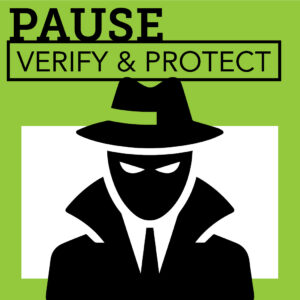 Phone Number Spoofing:
Phone Number Spoofing:
When Scammers Mask Caller IDs
What’s happening
Phone number spoofing occurs when scammers manipulate what appears on your incoming call display so it looks like it’s coming from a trusted source such as your bank, a local agency, or even a government office. This tactic isn’t new, but its use in fraud continues to rise. Scammers exploit this impersonation to pressure victims into divulging personal info or sending money urgently.
Real-world example
A Fort Wayne resident, received a voicemail from someone posing as an officer with the Allen County Sheriff’s Department. The caller claimed she had missed jury duty and would face arrest unless she paid a fine, $5,000 immediately via digital currency. The scammer pressured her, stating there were two fines at $2,500 each, and stayed on the line to ensure she followed through.
The victim complied but shortly after, the caller demanded an additional $10,000. Thankfully, once she went to the bank and a teller intervened by taking the call, Julie realized she’d been scammed.
What to do next
- Hang up immediately if the caller asks for personal info or money, even if the number looks legitimate.
- Call back using a verified number, for instance, one from your statement, the back of your bank card, or the official website.
- Never rely solely on caller ID to confirm authenticity. Spoofing tools are inexpensive and widely accessible.
Quick Safety Reminder:
Don’t share personal information or money based on a caller ID. Hang up. Then call back using an official number you trust.



